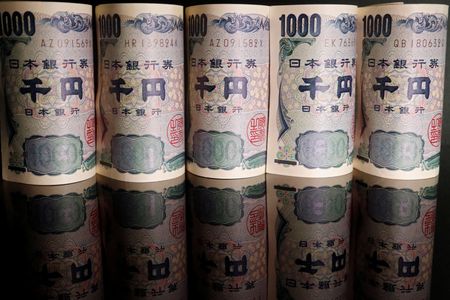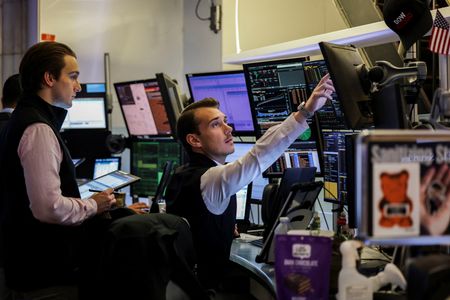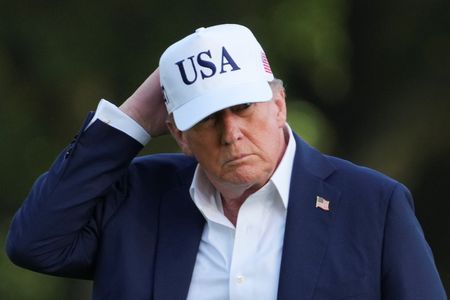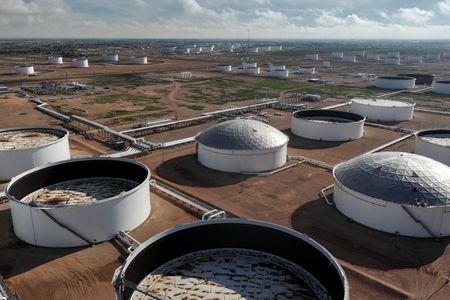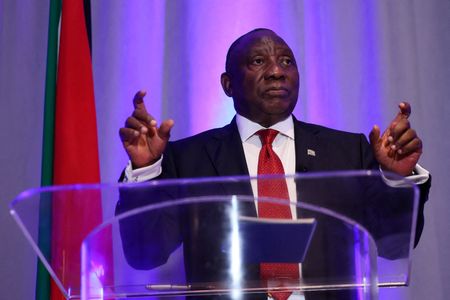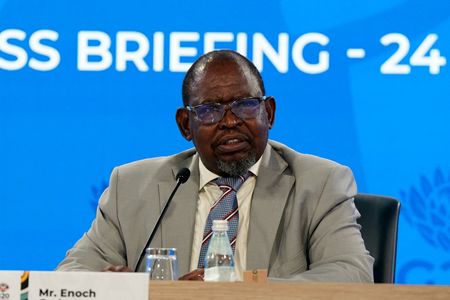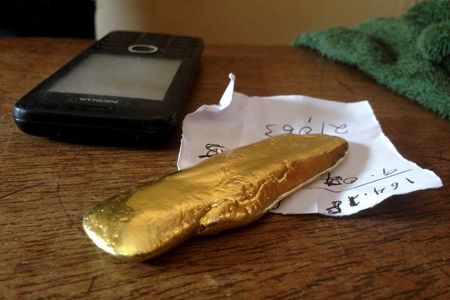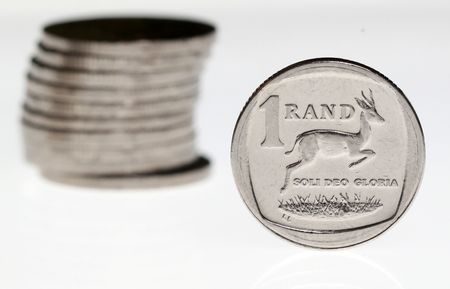By Hannah Lang
NEW YORK (Reuters) -The yen took a hit on Tuesday after U.S. President Donald Trump reiterated his plan to impose 25% tariffs on goods from Japan and South Korea in the latest twist of his unpredictable trade war.
The Australian dollar charged higher after the country’s central bank defied market expectations and left its cash rate steady at 3.85%.
Trump on Monday began telling trade partners – from powerhouse suppliers such as Japan and South Korea to minor players – that sharply higher U.S. tariffs will start August 1, but he later said he was open to extensions if countries made proposals.
The yen weakened on Tuesday, leaving the dollar up 0.38% at 146.625.
Prime Minister Shigeru Ishiba said on Tuesday he would continue negotiations with the U.S. to seek a mutually beneficial trade deal.
“Market participants overwhelmingly expect the administration to keep kicking the can down the road,” said Karl Schamotta, chief market strategist at Corpay, in a research note.
“Although heightened uncertainty levels will unquestionably take a meaningful toll on business investment in the near term, Trump is seen raising effective tariff rates incrementally… while stopping short of inflicting a devastating supply shock on the American economy.”
The European Union will not receive a tariff letter and could secure exemptions from the U.S. baseline rate of 10%, EU sources familiar with the matter told Reuters on Monday.
Reflecting the contrasting fortunes of the two trading partners, the euro hit a one-year high against the yen and was last up 0.58% at 171.980.
The euro also rose against the dollar, up 0.17% to $1.1729.
“There is still a lot of uncertainty as to where tariff rates will eventually settle and which countries will get what rates, so uncertainty about the global economy is still high and that will keep investors on edge for the time being,” said Carol Kong, a currency strategist at Commonwealth Bank of Australia.
RBA STUNS MARKETS
The standout performer among the major currencies on Tuesday was the Aussie dollar, which rose more than 1% in response to the RBA’s surprise decision to leave rates unchanged. It was last up 0.6% at $0.653.
Markets had positioned for a cut, yet the central bank said the board “judged that it could wait for a little more information” to confirm that inflation was slowing.
Still, the board noted that the risks to inflation were more balanced and appeared to be waiting for a reading on second-quarter prices due at the end of July before deciding.
“The uncertainty around Trump’s tariffs means that it doesn’t embolden a decisive decision, whereas the need for more assurance over inflation means they probably want to wait out this meeting and get into August,” said Vishnu Varathan, head of macro research for Asia ex-Japan at Mizuho.
The New Zealand dollar was last down 0.03% at $0.6, while sterling fell 0.04% to $1.3597.
(Additional reporting by Yoruk Bahceli in London and Rae Wee in Singapore; Editing by Chizu Nomiyama, Rod Nickel and Nick Zieminski)

